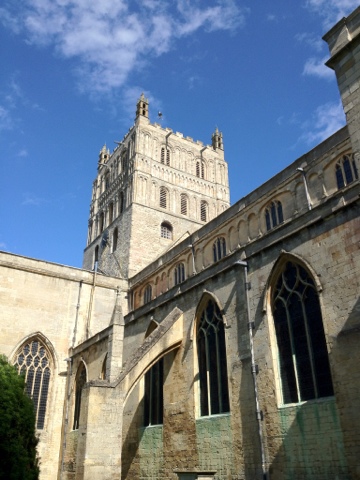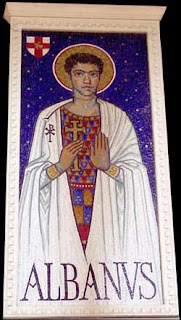I posted on Facebook the other day, the comments of a member who had recently visited Westminster Abbey to pray for the Queen. The first church on the site is said to have been founded in AD616 by Serbert, King of the East Saxons. This was replaced by a Benedictine Abbey in AD960, built by St Dunstan (Abbot of Galstonbury and later Archbishop of Canterbury) and we know that every Sovereign since William the Conqueror in 1066 has been crowned in the present building built by King Edward the Confessor (1042-1066).
A site of Catholic worship from AD616 until the dissolution of the monasteries, it is now a Royal Peculiar, that is under the jurisdiction of Her Majesty rather than the Church of England per se.

The Coronation Service used in 1953 for Elizabeth II was very similar to that used for William in 1066 save that latin had been abandoned around 1603.
The Abbey houses the relics of St Edward Confessor, the site of the Shrine of Our Lady of Pew and the pre-reformation stone altar, mentioned by our member, in the Chamber of the Pyx (the Pyx being the locked chest in which the Royal Treasury was secured) amongst many other items of interest to the Catholic pilgrim.
The present Statue of Our Lady of Pew was carved in 1971 in alabaster by Mother Concordia of Minster Abbey (Thanet) and is a copy of the more ancient statue in Westminster Cathedral, which was placed there as Our Lady of Westminster in 1955. This devotion to Our Lady of Pew/Our Lady of Westminster is linked by some to the origins of referring to England as the Dowry of Mary.
The Shrine of St Edward was torn down around 1540 when the abbey became a Cathedral and the monks were expelled. The monastery was re-established by Queen Mary between 1556-60 after which Elizabeth I replaced them with a chapter of twelve canons, led by a Dean.
Pray for the souls of the monks and faithful who worshipped in the Abbey Church of St Peter, those who adorned it with their generosity and their prayers and for the present Anglican Canons that, in God's time, they may be united with us in the one true fold of the redeemer.
St Edward Confessor - pray for us!
St Peter - pray for us!
Our Lady of Pew - pray for us!















